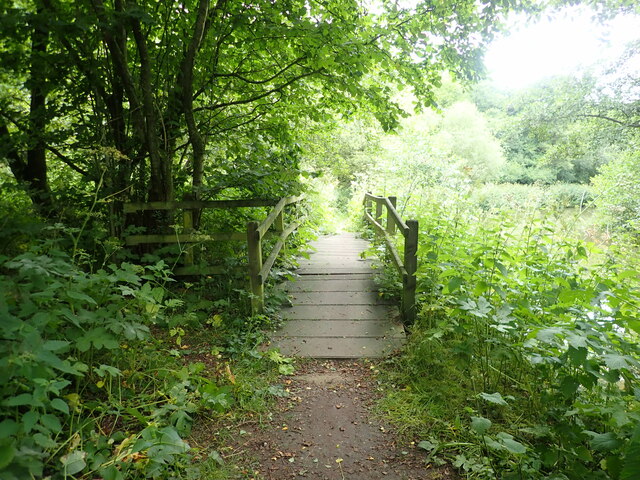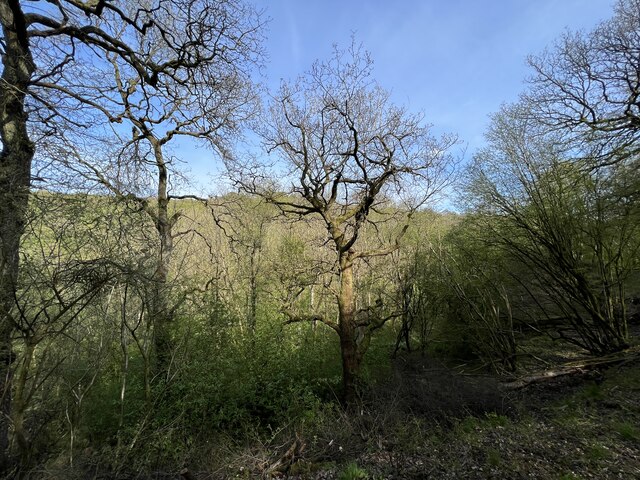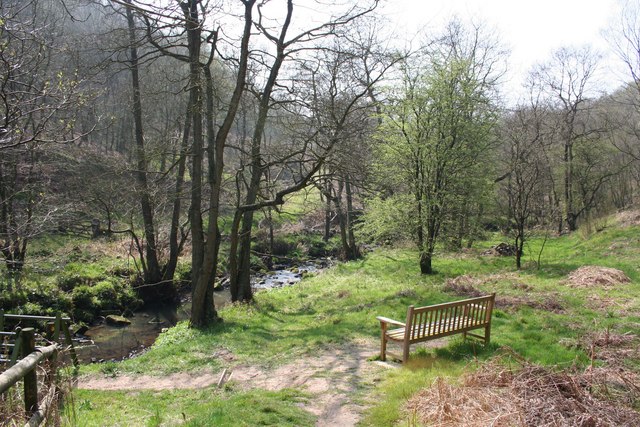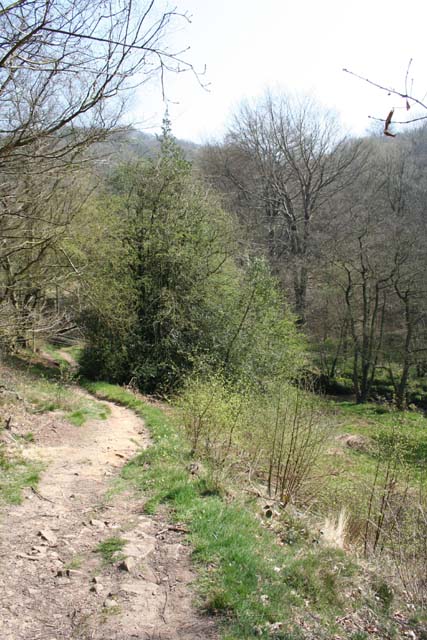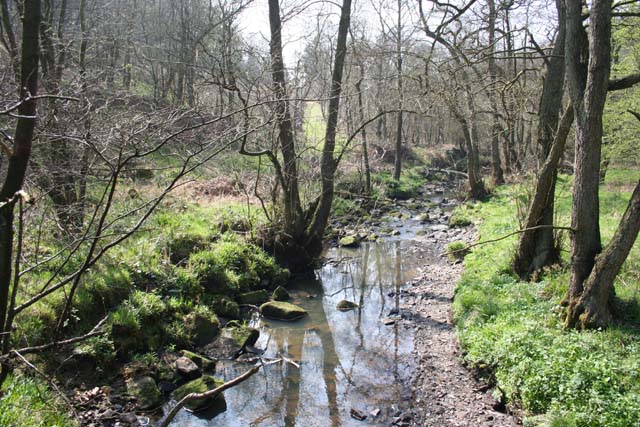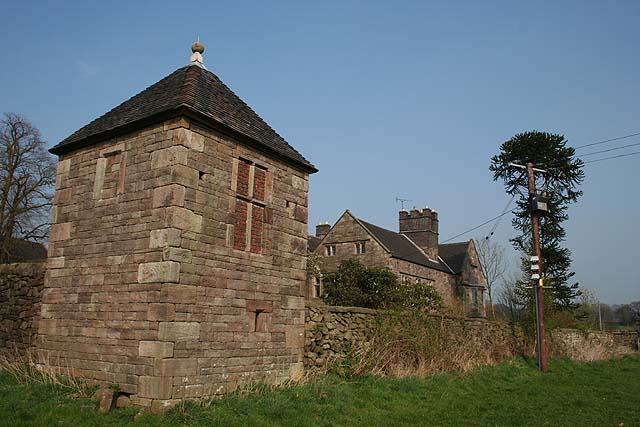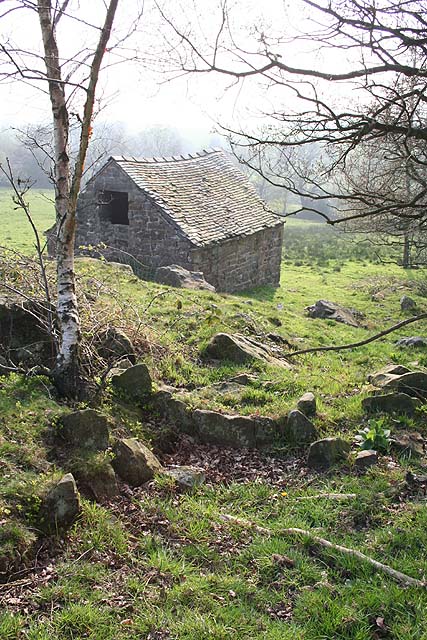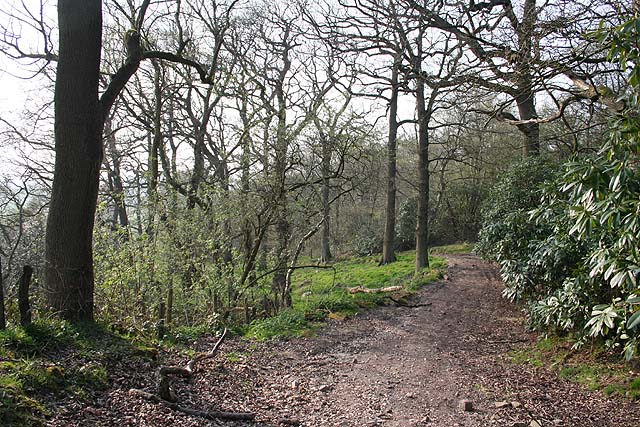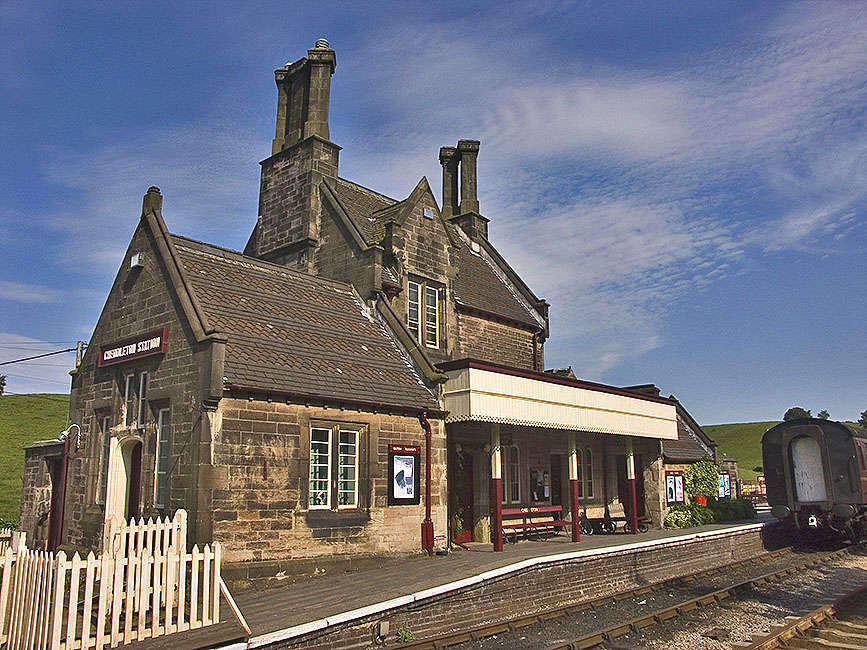Little Hills Wood
Wood, Forest in Staffordshire Staffordshire Moorlands
England
Little Hills Wood
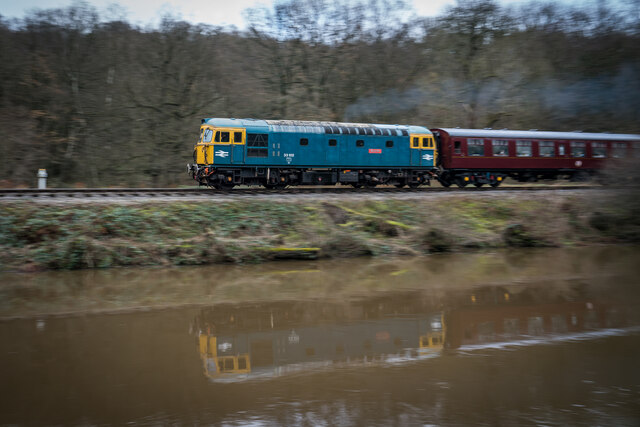
Little Hills Wood is a picturesque forest located in Staffordshire, England. Covering an area of approximately 50 acres, it offers a serene and captivating natural landscape that attracts both locals and tourists alike.
The wood is primarily composed of a diverse range of tree species, including oak, beech, and birch, which create a dense and enchanting canopy. Walking through the wood, visitors are greeted by a carpet of vibrant wildflowers, adding to the beauty and tranquility of the surroundings.
Little Hills Wood is home to a variety of wildlife, making it a haven for nature enthusiasts. Common sightings include squirrels, rabbits, and various species of birds, such as woodpeckers and thrushes. Visitors may also come across occasional deer, adding to the sense of natural wonder.
There are several well-marked trails throughout the wood, allowing visitors to explore its hidden gems at their own pace. These trails lead to charming picnic spots and offer breathtaking views of the surrounding countryside. Additionally, there are designated areas for camping and barbecues, providing opportunities for overnight stays and outdoor gatherings.
Little Hills Wood is easily accessible, with a car park located nearby and public transportation options available. The wood is open to the public year-round, offering different experiences throughout the seasons, from stunning autumn foliage to the vibrant awakening of spring.
Overall, Little Hills Wood in Staffordshire presents a captivating natural retreat, offering a peaceful escape from the hustle and bustle of everyday life. Its beauty and biodiversity make it a must-visit destination for anyone seeking solace in nature.
If you have any feedback on the listing, please let us know in the comments section below.
Little Hills Wood Images
Images are sourced within 2km of 53.057745/-2.0105824 or Grid Reference SJ9951. Thanks to Geograph Open Source API. All images are credited.
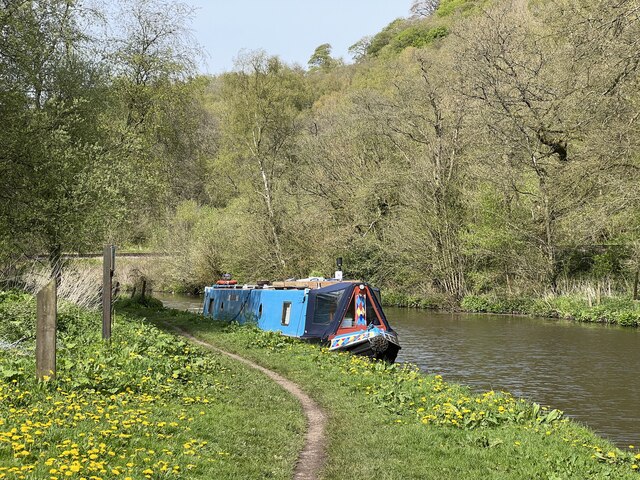


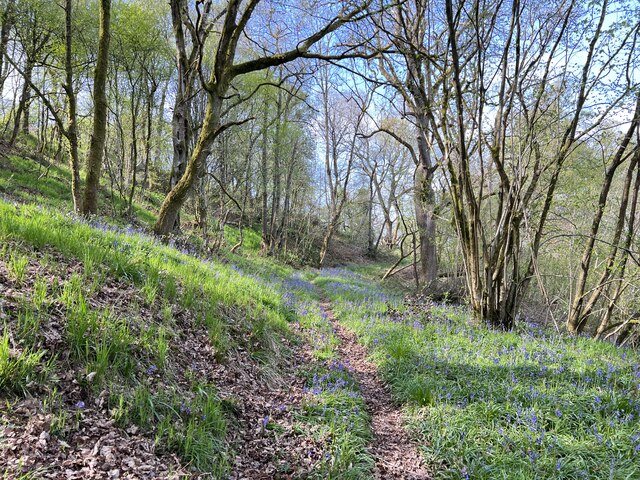
Little Hills Wood is located at Grid Ref: SJ9951 (Lat: 53.057745, Lng: -2.0105824)
Administrative County: Staffordshire
District: Staffordshire Moorlands
Police Authority: Staffordshire
What 3 Words
///grumble.arrived.disengage. Near Cheddleton, Staffordshire
Nearby Locations
Related Wikis
Churnet Valley Railway
The Churnet Valley Railway is a preserved standard gauge heritage railway in the Staffordshire Moorlands of Staffordshire, England. It operates on part...
Cheddleton railway station
Cheddleton railway station is a former passenger railway station of the North Staffordshire Railway (NSR) and is now a preserved station on the Churnet...
Coombes Valley RSPB reserve
Coombes Valley RSPB reserve (grid reference SK005525) is a nature reserve, run by the RSPB, near the town of Leek in Staffordshire, England. It is best...
Ashcombe Park, Staffordshire
Ashcombe Park is a country house and estate near Cheddleton, in Staffordshire, England. The house is a Grade II* listed building, listed on 2 May 1953...
Staffordshire Moorlands (UK Parliament constituency)
Staffordshire Moorlands is a constituency represented in the House of Commons of the UK Parliament since 2010 by Karen Bradley, a Conservative who served...
Consall railway station
Consall railway station is a former passenger railway station of the North Staffordshire Railway (NSR) and is now a preserved station on the Churnet Valley...
Cheddleton
Cheddleton is an ancient parish and village in the Staffordshire Moorlands, near to the town of Leek, England. == History == The village is divided into...
Above Church
Above Church is a hamlet about 0.6 kilometers (0.4 mi) northwest of Ipstones in the English county of Staffordshire. It is located at grid reference SK016504...
Nearby Amenities
Located within 500m of 53.057745,-2.0105824Have you been to Little Hills Wood?
Leave your review of Little Hills Wood below (or comments, questions and feedback).
